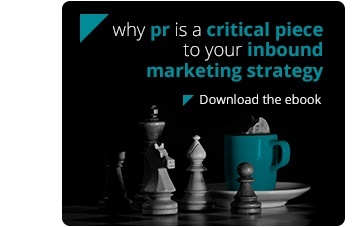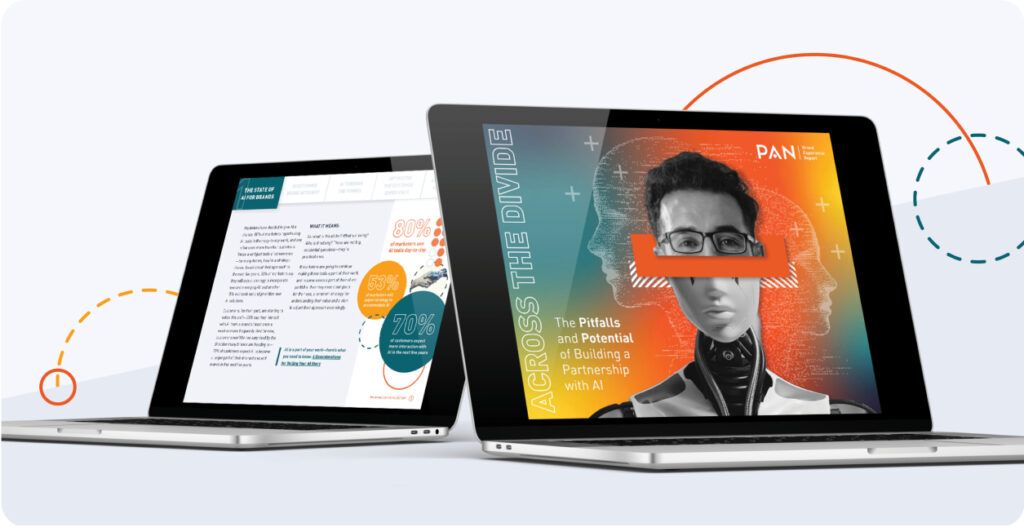Ask any PR pro about their agency capabilities, and you will likely get an answer that includes a lot more than media relations – from social media to content marketing, SEO and web design. After all, many agencies today are being recast as one-stop shops for integrated marketing. PR agencies are well suited to this “jack-of-all-trades” model since they are closely aligned with their customers’ core values and messaging.
So, what are a few things you may not know your PR agency is capable of doing?
1. Manage successful social campaigns. Being able to control the conversation is something I thought was only possible through paid media. Joining an agency where we regularly engage with customers, media and prospects on behalf of clients through social has been a huge surprise. Social channels are growing platforms where you can gauge how well your message is being absorbed and how audiences are reacting. This, of course, has its challenges: Identifying your target audience and creating tailored content to connect with them is the foundation of a solid social content strategy. As PR professionals, we are natural storytellers and have a keen eye for the topics, trends and conversations that resonate.
For more information on social media integration check out, How to Utilize Social Media Integration Across Your PR Strategies.
2. Integrate with inbound marketing efforts. At a recent networking event hosted by PAN, we learned that the key to engaging with prospective customers is storytelling. Inbound marketing is all about telling the right story, with the right message, to the right channel, at the right time. Including your PR agency in inbound marketing efforts to optimize the reach of your corporate message is crucial. Before starting your next inbound marketing campaign, think about what content will best resonate with a future customer. Then work with your agency to ensure you are reaching those prospects on the right platforms. The first touchpoint in the customer’s journey is imperative, as it sets the stage for future engagement. Including your agency in inbound marketing plans can help accelerate your prospects through the sales funnel and create opportunities for brand advocacy after the sale.
3. Incorporate creative design with PR. When beginning my career at PAN, I didn’t quite grasp the array of services that fell under the umbrella of integrated marketing. I recognized what fell under the PR umbrella and where I sat underneath it. What I came to realize is that I share the same umbrella as a creative team here at PAN. Sitting next to me is a team dedicated to infusing creative into our clients’ PR efforts. This enables us to harmonize our visual and written communication strategy using graphic specialists that are just a cubicle away. We work collaboratively to create visual assets – like infographics, social tiles, microsites, landing pages – that extend the life of PR campaigns. It’s seamless and fluid to have your PR and creative teams working in lock-step to develop campaigns that align with and communicate your brand’s value.
Interested in learning more about using your PR agency for creative design? Check out, What Powers Your Content? Visuals from Creative Services
4. Provide measurement and analytics that map to business objectives. After the press release is on the wire, and the coverage report and share of voice analysis has been sent, you might think that’s the only insight you can gain into your PR investment. But that’s simply not true. There are many PR instruments and technologies now available that focus on measuring impact and influence. It’s the combination of the right tools and the agency’s measurement methodology that can help identify and track metrics that map directly to business objectives.
For example, using Google Analytics to simply track pageviews, visitors and page time just scratches the surface in terms of what this reporting tool is capable of. Find out whether your earned media efforts are resulting in sales by setting up goal tracking. This will enable you to track how many visitors are making purchases stemming from your earned efforts. Don’t limit your PR agency’s measurement and analytics efforts by just giving them access to your Google Analytics account either. Grant them access to other tools that are in your martech stack that would be of value to future reporting and insights.
5. Using media relations skills for influencer relations. As a newly minted PR professional I believed that industry influencers were unreachable through traditional PR efforts. However, non-traditional media, like bloggers and micro-influencers, make excellent PR partners. It starts by really understanding what influencers are passionate about, and engaging them authentically – not as a marketer. By nurturing these relationships with constant touchpoints and conversation, the bridge is built to enable a diversified media and influencer relations program.
For more insight into influencer relations, read Influencer Relations: It’s All About the Personal Touch and How to Build a B2B Influencer Relations Program.



